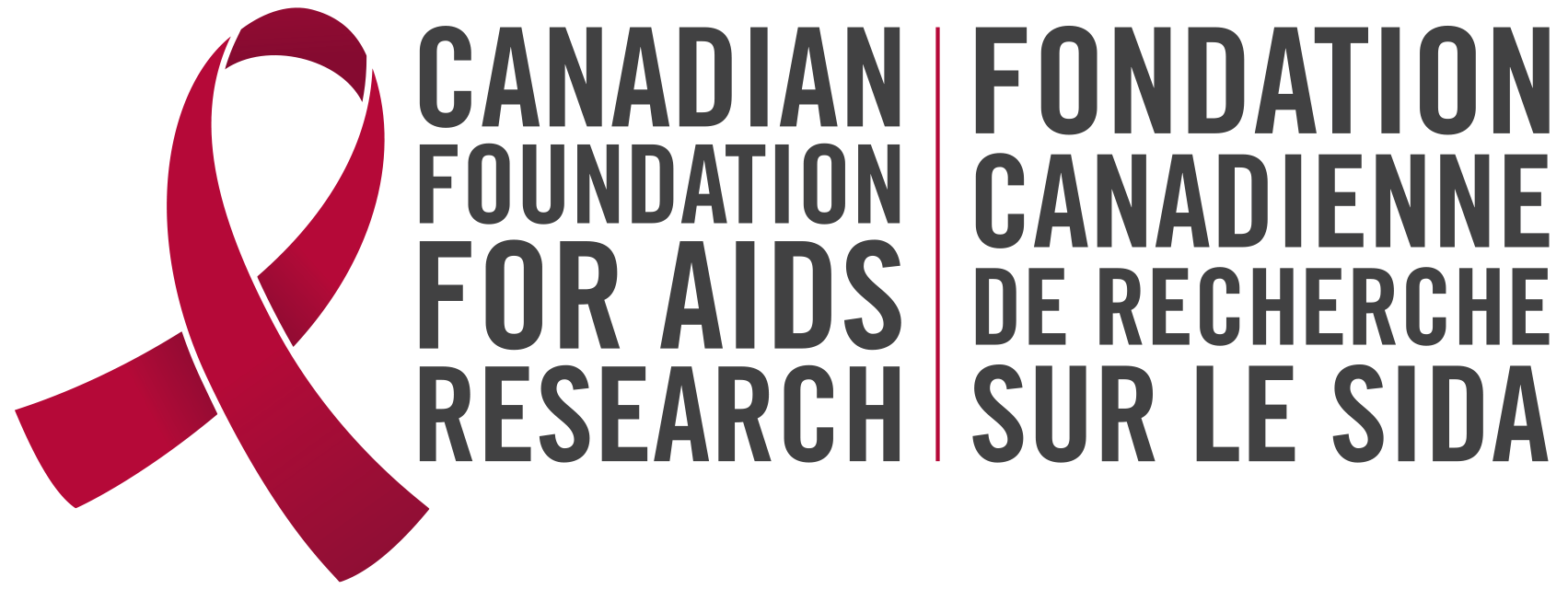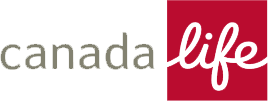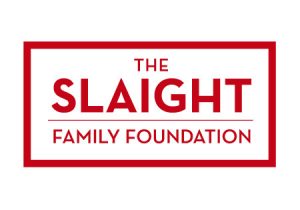
Youth Awareness
CANFAR’s national youth awareness program, Sexfluent, reaches over 2 million Canadian youth annually.
Evolving Canadian youth Sexual Health Education
In Canada, youth between the ages of 15 and 29 make up the majority of chlamydia and gonorrhea cases and nearly one quarter of new HIV cases.* It’s clear that sexual health education and HIV and STI prevention are more relevant than ever.
According to a national survey conducted by CANFAR, more than 40% of Canadian youth reported that they prefer to access sexual health information online or through the internet, while 33% prefer health care providers, and nearly 30% prefer friends. This is in stark contrast to the traditional methods that sex education is delivered from, which is often a teacher at school, or sometimes none at all. This also highlights the importance of a peer-led approach.
In CANFAR’s survey, more than 1 in 3 respondents (36%) identified as part of 2SLGBTQIA+ communities and nearly 1 in 10 respondents (9.4%) did not identify with the gender binary. When youth were asked about their sexual health topics of interest, among the most selected were healthy relationships, mental/emotional health, safer sex practices, and HIV and sexually transmitted infections (STIs). These findings highlight the demand for more inclusive and comprehensive sex education that goes beyond physical anatomy and emphasizes the social dynamics and experiences of navigating sex, as well as the experiences of 2SLGBTQIA+ communities.
Additionally, when youth were asked about their sexual history, the most common age for becoming sexually active was 16, suggesting that, to be most effective, sexual health education should be introduced to youth in their early teens before they become sexually active.
Youth also expressed interest in understanding HIV, with many unfamiliar with how it is transmitted or uninformed about the fact that people living with HIV on effective treatment can achieve an undetectable status, making the virus untransmittable (a scientific fact known as U=U, or or undetectable = untransmittable). These gaps in knowledge underscore the need for up-to-date, reliable and accurate sexual health education and information that is accessible to youth.
*Public Health Agency of Canada, 2023; Public Health Agency of Canada, HIV Surveillance Report, 2022
Filling in the Gaps: Sexfluent
Sexfluent, CANFAR’s new sexual health, mental health, and harm reduction resource for youth ages 15-25, was created as a direct response to findings collected from CANFAR’s National Youth Survey.
Our findings showed the need for inclusive, sex-positive, and comprehensive sexual health education that addresses mental health, harm reduction, and HIV stigma.
Sexfluent was created to provide youth with an inclusive, sex-positive and affirming space to explore a variety of topics around sexuality, identity, pleasure, and safer sex. Sexfluent aims to empower young Canadians to feel confident and comfortable in their own sexuality and identity so that they can develop healthy relationships and make informed sexual health and harm reduction decisions that feel right for them.
Sexfluent is an evidence-based, community-responsive, and youth-driven digital resource.
Following youth’s feedback, Sexfluent is offered as an online resource because Canadian youth indicated preferring to access sexual health information online, through their peers, or through healthcare workers and clinics, compared to more traditional settings like school and through teachers.
Sexfluent addresses HIV and sexual health through a comprehensive approach that addresses: modern dating and relationships, healthy relationships, gender identity and sexuality, online dating, sexual pleasure, mental health, trauma and healing, substance use, harm reduction, and overdose prevention.
The Sexfluent Squad
Sexfluent works with a diverse group of young Canadian content creators and community activists who amplify our messages and provide a peer-driven approach to sexual health and HIV education.
CANFAR National Youth Survey Findings
Flip through the report below to read more about what we learned from youth on their sexual health experiences, mental health needs, substance use, attitudes towards HIV, and more.










